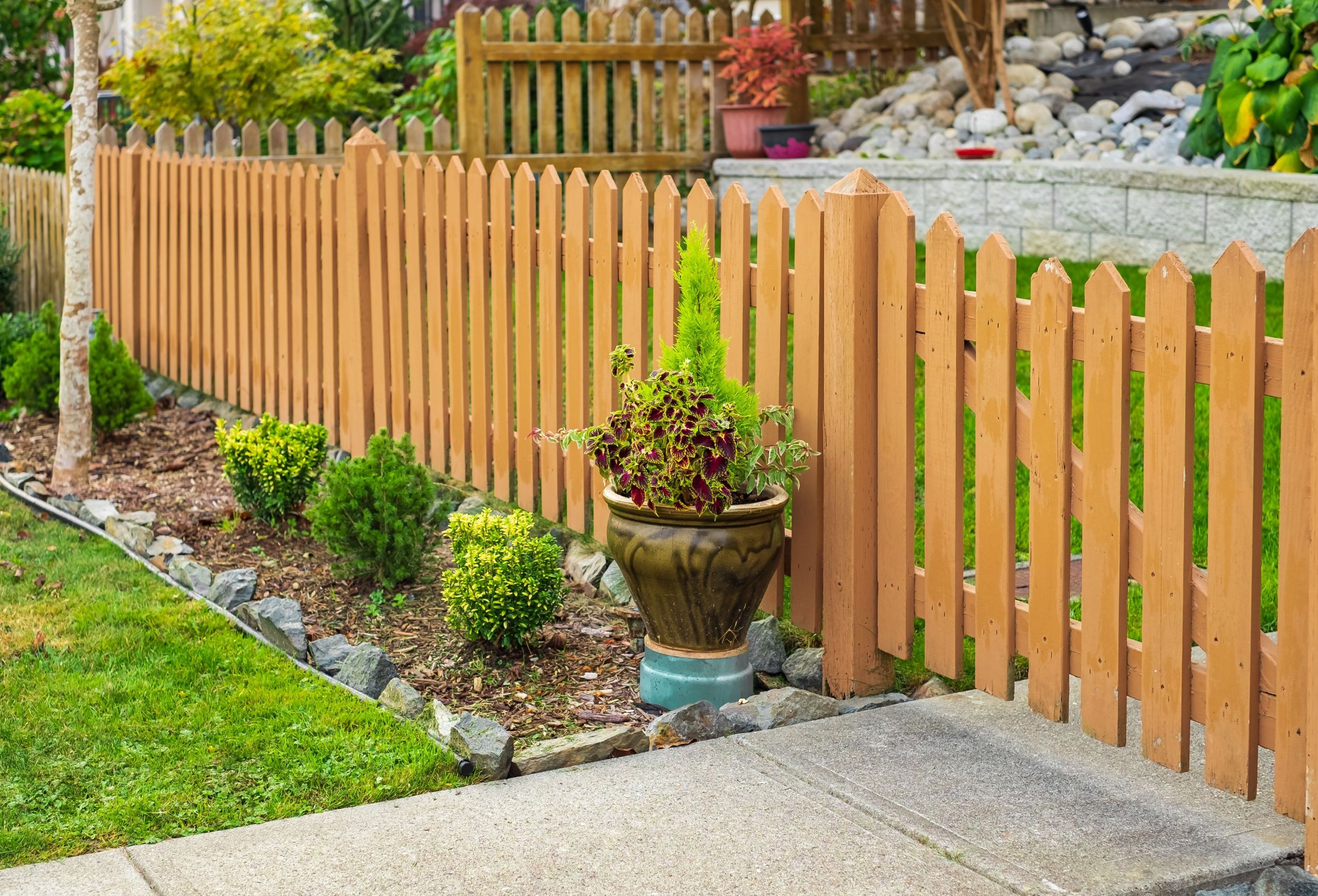All Categories
Featured

Fencings are an important component of your home, supplying privacy, security, and aesthetic value. Nonetheless, they are constantly revealed to the elements and can experience weather-related damages in time. Whether it's solid winds, rainfall, snow, or extreme heat, climate problems can slowly compromise your fencing, leading to costly fixings or replacement. Thankfully, there are numerous steps you can take to safeguard your fencing from weather-related damages and expand its life-span. Below's just how you can safeguard your fencing against the components.
- Select the Right Product. The sort of product your fence is made from plays a substantial role in how well it will endure climate condition. Some products are normally more immune to damage than others. For example:
Wood Fences: While attractive and timeless, wood can be vulnerable to dampness, rot, and pests. Nevertheless, pressure-treated timber or cedar can supply better resistance to these issues. Vinyl Fences: Vinyl is highly immune to moisture, rot, and bugs. It also stands up well to extreme sun and hefty rainfall. Metal Fences: Wrought iron or aluminum fences are sturdy and can hold up against a selection of weather condition conditions. They can, nevertheless, struggle with rust over time, particularly otherwise properly covered. Composite Fences: Made from a blend of wood fibers and plastic, composite fences are extra immune to weather-related damages contrasted to typical wood fencings. Selecting the appropriate product for your region's environment is the very first step in protecting your fence from weather condition damages.
- Seal or Spot Wooden Fences. Wooden fences are specifically vulnerable to harm from moisture, UV rays, and temperature level variations. Among one of the most reliable methods to safeguard your timber fence is by applying a protective sealer or stain. These products aid:
Avoid Water Damages: Sealers create a waterproof obstacle, protecting against wetness from seeping right into the wood and causing mold and mildew, mold, or rot. Shield Against UV Damage: A good discolor or sealant will also obstruct unsafe UV rays from the sun, which can create timber to dry, crack, and tarnish over time. Maintain the Fencing's Appearance: Routine discoloration aids keep the natural beauty of the timber and prolongs its life-span. It's suggested to reapply the stain or sealant every 1-- 2 years to maintain your fence good condition.
- Mount an Obstacle for Wind Protection. Strong winds can trigger significant damage to your fencing, specifically if it is weak or high. Wind can bend or damage wooden panels, loosen up fencing blog posts, or perhaps create the whole fencing to collapse. Setting up a windbreak-- such as planting shrubs, hedges, or setting up a mesh obstacle-- can help protect your fence from high winds.
In addition, you can enhance the posts with concrete or metal braces to give added security and avoid leaning or shifting.
- Trim Overhanging Branches. Looming tree branches can posture a severe risk to your fence throughout tornados or high winds. Falling branches can damage panels or damage the fence messages, leading to costly fixings. On a regular basis cut any type of branches that hang over your fencing, specifically if they're in close closeness to it. Keeping the branches reduced decreases the threat of branches breaking off and creating damages to the fence.
- Routine Inspections and Maintenance. Doing regular upkeep and evaluations is vital to catching prospective issues prior to they rise. After a hefty storm, evaluate your fencing for any indications of damage, such as loose panels, leaning messages, or busted sections. Taking treatment of tiny concerns before they come to be bigger ones can assist extend the life of your fencing.
In addition, cleansing your fence occasionally to eliminate dust, mold, or particles can aid preserve its look and integrity. For wood fences, delicately pressure clean the surface area to eliminate built-up gunk, and for plastic fences, make use of a moderate cleaning agent to cleanse any type of spots.

- Make Certain Proper Water Drainage. Water damage is just one of one of the most usual weather-related issues that impact fences. Poor drainage can bring about standing water around your fence messages, which can trigger the articles to rot or weaken in time. To stop this, make certain the ground around your fence inclines away from the messages. You might likewise intend to set up drainage options such as French drains pipes or gravel at the base of the blog posts to avoid water from pooling.
- Apply a Safety Finishing to Metal Fencings. Metal fences, such as those constructed from iron or steel, are extremely durable yet can be susceptible to corrosion otherwise properly preserved. Applying a safety coating or paint that is specifically created for metal can assist protect against rust and rust. Be certain to inspect the fence regularly for any type of indicators of corrosion, and address it right away by sanding and painting the influenced locations.

Final thought. Your fencing is a valuable investment, and safeguarding it from weather-related damages will assist make sure that it proceeds to serve its purpose for several years to find. By picking the appropriate products, on a regular basis preserving your fencing, and taking steps to safeguard it from the aspects, you can decrease weather-related damage and prolong its life-span. Whether you're handling solid winds, heavy rain, or the harsh sun, these easy steps can go a long method in preserving the problem and look of your fencing, saving you money and time over time.
Latest Posts
How Routine Vehicle Maintenance at Montclare Auto Repair Reduces Costs
Published May 31, 25
1 min read
Enhance Your Building with Overhead Door Equipment
Published May 27, 25
1 min read
Enhance Your Property with Overhead Door Systems
Published May 25, 25
1 min read